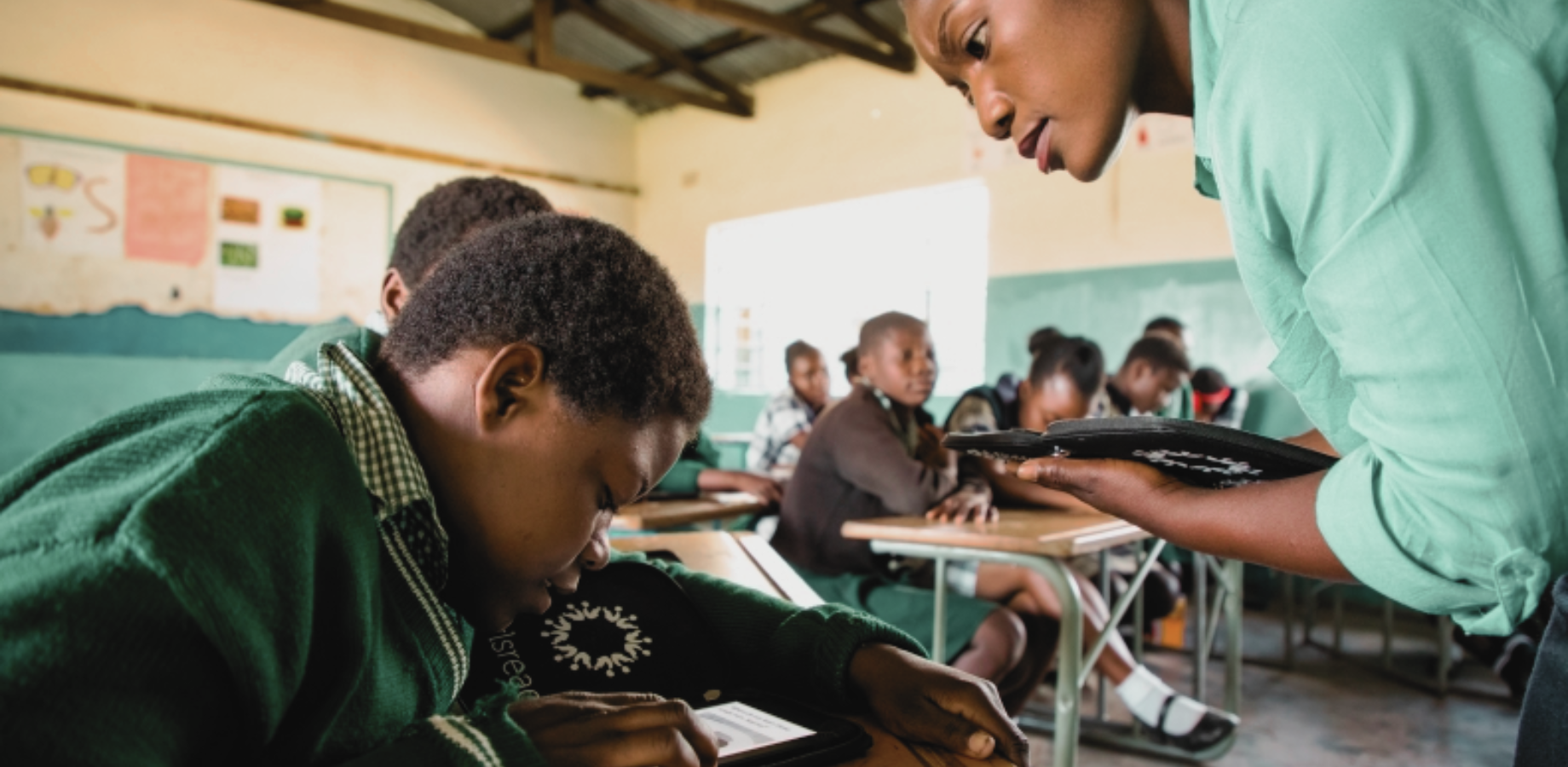

In celebration of the International Day of Education, we highlight some ongoing education programs and studies by the Population Council and its collaborators, to be presented in a panel by the Evidence for Gender and Education Resource (EGER) program at the upcoming CIES 2023 conference focusing on global educational equity.
The need for evidence-based educational programs that address gender-related barriers to schooling has never been greater. Girls and young women are disproportionately excluded from education by forced domestic servitude, child marriage, sexual exploitation, and gender-based violence, and the COVID-19 pandemic further imperiled access to education in every country.
Thus the upcoming panel at CIES 2023 will present interventions and studies focused on the most vulnerable girls: the Biruh Tesfa (“Bright Future”) program in Ethiopia, the Keeping Girls in Schools initiative in Bangladesh, the Magic Bus Foundation’s Sports for Girls in India, and the Learning Loss Among Adolescent Girls in Kenya study.
BIRUH TESFA: A BRIGHT FUTURE FOR ETHIOPIAN GIRLS
Biruh Tesfa is a collaborative effort to provide safe, supportive spaces for girls and young women out of school. Participants in the program live in the poor, densely populated areas of Addis Ababa and other large cities in Ethiopia, which are the destination for large numbers of rural-urban migrants, many of whom enter child domestic work.
Biruh Tesfa’s mentors are all women, are well-trained, and have engaged more than 75,000 girls and young women in community safe spaces girls’ groups. They offer education classes, mentorship, counseling sessions, life-skills training, and job-readiness activities. Their work has raised numeracy and literacy scores, increased social support, improved knowledge of HIV and reproductive health and improved mental health and use of health services. Currently, the program is being modified to focus exclusively on child domestic workers.
KEEPING BANGLADESHI GIRLS IN SCHOOL
In rural Bangladesh, child marriage is widespread and a major cause of dropout and educational exclusion among girls and young women. The Population Council’s Keeping Girls in Schools program is a direct counter to the risk of child marriage, offering educational support, and life skills to girls between ages 12–15 in rural communities. The program targeted girls who were out of school, or who were enrolled in Grades 7 and 8 and performing poorly in school. Local female mentors led the group sessions, providing positive and safe environments, and pivoting to smaller, more frequent virtual sessions when COVID-19 hit. KGIS protected girls from child marriage, school drop-out, and learning loss in math.
MAGIC BUS FOUNDATION’S SPORTS FOR INDIAN GIRLS
Although India has made substantial progress in closing gender gaps in elementary school enrollment, structural and cultural barriers leave girls with fewer opportunities for learning and development. Indian parents and teachers, for instance, are less likely to encourage girls to excel in STEM subjects, offering their mentorship and academic supervision to boys instead.
Recognizing these systemic challenges, the Magic Bus Foundation looked outside the classroom for solutions. Their sports program offers learning spaces in the form of weekly sports sessions. By engaging 8- to 14-year-old students—girls and boys—the program encourages continued schooling, cultivates interest in health, and builds critical leadership skills along with self-esteem.
Researchers are assessing the program’s impact on school enrollment, continuation, and cognitive development covering 20,000 children in 160 villages.
LEARNING LOSS AMONG KENYAN GIRLS
The COVID-19 pandemic caused a 10-month educational hiatus in Kenya when schools were forced to close. The Population Council’s study documents the extent of the resulting learning loss among marginalized female students from low-income areas.
Researchers worked with girls in two counties—Kilifi and Nairobi—to assess both educational outcomes and compounding factors from before and during the pandemic: age, education level, ethnicity, employment, household income, and more.
The results of literacy and numeracy tests highlighted how remote learning, food insecurity, abuse, and other stressors negatively affected learning. The data from this study will be critical for designing effective learning programs that make good use of scarce resources.
Key Takeaways
In Ethiopia, Biruh Tesfa has helped girls re-enter formal schooling and has led to improved academic performance. In Bangladesh, the Keeping Girls in Schools program has helped girls remain in formal education and prevented increases in child marriage. Data from Kenya and India will drive decision-making for years to come.
The four studies have also had important secondary effects, generating evidence that can be used by other organizations looking to work toward the UN Sustainable Development Goals (SDGs) and improve access to education for vulnerable girls and women. Two important elements are notable across most of these programs:
- Strategic Use of Scarce Resources
Instead of providing indiscriminate support on a large scale, the Population Council and partners targeted vulnerable groups such as girls who were struggling at school or had dropped out, child domestic workers, and girls from financially vulnerable households. This allowed the interventions to reach those most in need of support. - The Importance of Being Locally Grounded
Collaborative efforts with government and NGOs ensured that interventions addressed locally defined priorities and were designed appropriately for the setting, and it means that the research will answer questions of interest to local stakeholders. At the project level, for example, local mentors provided constant support and acted as advocates for the girls with their parents and guardians. Even during the COVID-19 pandemic, mentors could check in on the girls while following safety guidelines. As local mentors belong to the same communities and are immersed in the same environments as program participants, they were able to adapt their strategies quickly and decisively.
